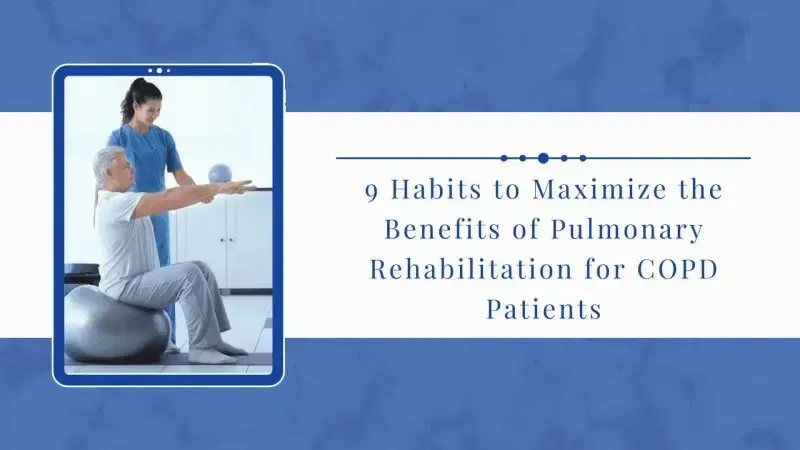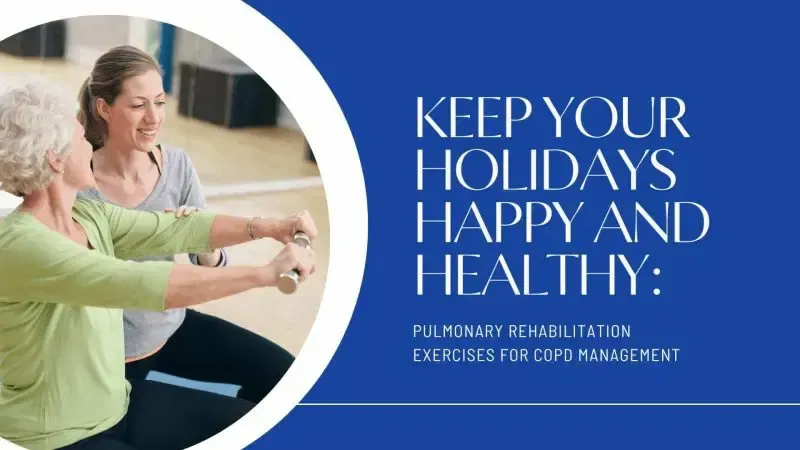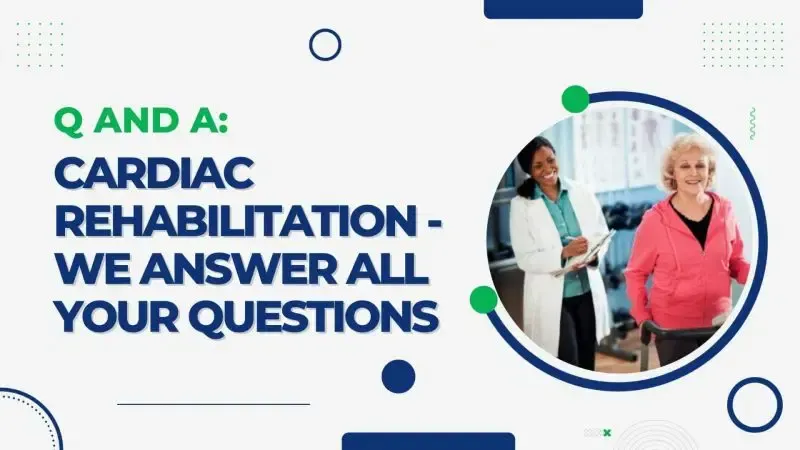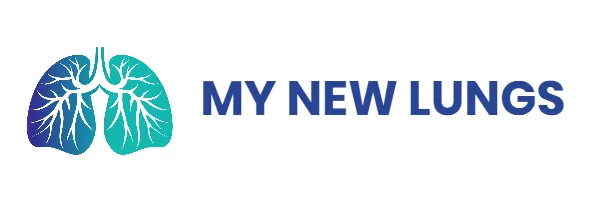BLOG
9 Habits to Maximize the Benefits of Pulmonary Rehabilitation for COPD Patients
september 11, 2022
9 Habits to Maximize the Benefits of Pulmonary Rehabilitation for COPD Patients
If you are living with Chronic Obstructive Pulmonary Disease (COPD), pulmonary rehabilitation can be a powerful tool to help you manage your symptoms and improve your quality of life. Pulmonary rehabilitation is an individualized program of exercise, education, and counseling designed to help people with COPD increase their breathing capacity and manage their symptoms.
Introduction to pulmonary rehabilitation for COPD patients
Pulmonary rehabilitation
is a comprehensive program of exercise and education tailored to meet the individual needs of people with COPD. It is designed to improve physical and emotional functioning, increase knowledge and understanding of the disease, and optimize the patient’s lifestyle. PR can also be beneficial for those who have recently been diagnosed with COPD. Research has shown that pulmonary rehab can improve the quality of life for people with COPD and reduce the risk of hospitalization.
It is a multi-faceted program that includes physical training, education, and counseling. It is typically offered in an outpatient setting, but can also be done at home with the help of a PR specialist. The team may include a pulmonary therapist, respiratory therapist, nutritionist, social worker, physical therapist, and psychologist.
Benefits of pulmonary rehabilitation
The primary goal of pulmonary rehabilitation is to improve the quality of life for people with COPD. It can help reduce breathlessness, improve exercise tolerance, increase strength and endurance, and reduce the risk of hospitalization. It can also help improve emotional well-being by reducing feelings of anxiety and depression.
PR programme can also help improve the patient’s ability to manage their own symptoms and reduce the need for medications. In addition, it can help people with COPD maintain their independence, improve their ability to work, and reduce the need for hospitalization.
Developing a pulmonary rehabilitation plan
The first step in developing a pulmonary rehab plan is to meet with a healthcare provider to discuss your goals and develop a plan that meets your individual needs. The plan should include a combination of physical exercise, education, and counseling.
The physical exercise component of the program should be tailored to the patient’s individual needs and abilities. The exercises should be designed to improve breathing, increase strength and endurance, and reduce breathlessness. It should also include activities to improve balance and coordination.
The education component of the program should focus on teaching the patient about the disease and how to best manage their symptoms. It should include information on the medications used to treat COPD, the importance of smoking cessation, and how to identify and avoid triggers that can worsen symptoms.
The counseling component of the program should focus on helping the patient to develop strategies to cope with the physical and emotional challenges of living with COPD. It should include techniques such as relaxation, mindfulness, and stress management.
Habits to maximize the benefits of pulmonary rehabilitation
Once you have developed a pulmonary rehabilitation plan, it is important to stick to it in order to maximize the benefits of the program. Here are nine habits to help you get the most out of pulmonary rehabilitation:
Subsection 4.1. Exercise regularly
The physical exercise component of pulmonary rehab is the most important part of the program. You should aim to exercise at least three times a week for 30 minutes. If you are not able to exercise for 30 minutes at a time, you can break it up into smaller increments throughout the day.
Subsection 4.2. Monitor breathing patterns and lung capacity
If you are living with COPD, it is important to monitor your breathing patterns and lung capacity regularly. You can use a peak flow meter or a spirometer to measure your lung capacity and track your progress over time
Subsection 4.3. Maintain a healthy weight
Maintaining a healthy weight can help reduce the strain on your lungs and improve your breathing capacity. Eating a balanced diet and engaging in regular physical activity can help you maintain a healthy weight.
Subsection 4.4. Practice mindfulness and relaxation techniques
Mindfulness and relaxation techniques can help reduce stress and improve breathing. Simple practices such as deep breathing, visualization, and meditation can help reduce anxiety and improve your breathing capacity.
Subsection 4.5. Get enough sleep
Getting enough sleep is important for managing COPD symptoms. Aim for seven to eight hours of sleep each night. If you are having difficulty sleeping, talk to your healthcare provider about ways to improve your sleep habits.
Subsection 4.6. Eat a balanced diet
Eating a balanced diet can help maintain a healthy weight, improve your energy levels, and reduce symptoms of COPD. Eating plenty of fruits and vegetables, lean proteins, and whole grains can help you get the nutrients you need to stay healthy.
Subsection 4.7. Avoid triggers that worsen symptoms
If you have COPD, it is important to avoid triggers that can worsen your symptoms. Common triggers include smoke, pollution, dust, cold air, and strenuous activity. Keeping your home and environment clean and avoiding activities that can trigger your symptoms can help reduce your symptoms.
Subsection 4.8. Participate in pulmonary rehabilitation classes
Participating in pulmonary rehabilitation classes can be beneficial for people with COPD. These classes can help you learn more about your condition and how to manage your symptoms. They can also help you stay motivated and connected with others who have COPD.
Subsection 4.9. Stay in communication with your healthcare team
It is important to stay in communication with your healthcare team to ensure that your pulmonary rehabilitation plan is working for you. Let your healthcare team know if you are having any difficulty with your program or if you are experiencing any new symptoms.
Conclusion
Pulmonary rehabilitation can be a powerful tool for people with COPD to improve their quality of life. Getting into a PR program and sticking to it, and incorporating these nine habits can help you maximize the benefits of pulmonary rehabilitation. If you are living with COPD, talk to your healthcare provider about joining a PR program.
More Blogs

9 Habits to Maximize the Benefits of Pulmonary Rehabilitation for COPD Patients
If you are living with Chronic Obstructive Pulmonary Disease (COPD), pulmonary rehabilitation can be a powerful tool to help you manage your symptoms and improve your quality of life. Pulmonary rehabilitation is an individualized program of exercise, education, and counseling designed to help people with COPD increase their breathing capacity and manage their symptoms. Introduction...

Keep Your Holidays Happy and Healthy: Pulmonary Rehabilitation Exercises for COPD Management
The holidays are here, and many of us are looking forward to spending time with our loved ones and making special memories. But for those living with COPD, the winter season can be a difficult time. COPD, or Chronic Obstructive Pulmonary Disease, is a lung condition that causes difficulty breathing, coughing, and wheezing. Although there...

Q and A: Cardiac Rehabilitation – We Answer All Your Questions
Cardiac rehabilitation is a type of treatment that helps people recover and adapt after they’ve had heart problems. It can also be a great way to prevent further complications in the future. Cardiac rehabilitation, or CR, programs help you regain strength and stamina after you’ve experienced some sort of cardiac event. The program consists of...
Have A Question?
We are available Monday to Friday 9am to 5pm EST to answer your questions about our course and introduce our live course covered by insurance and make virtual appointments with our Chief Medical Officer Dr. Naveed Shah.
Have A Question?
We are available Monday to Friday 9am to 5pm EST to answer your questions about our course and introduce our live course covered by insurance and make virtual appointments with our Chief Medical Officer Dr. Naveed Shah.

This page is not associated with Google or any of their partners.
NAVIGATION

This page is not associated with Google, Facebook or any of their partners.
NAVIGATION
© Copyright 2022. My New Lungs. All rights reserved.


